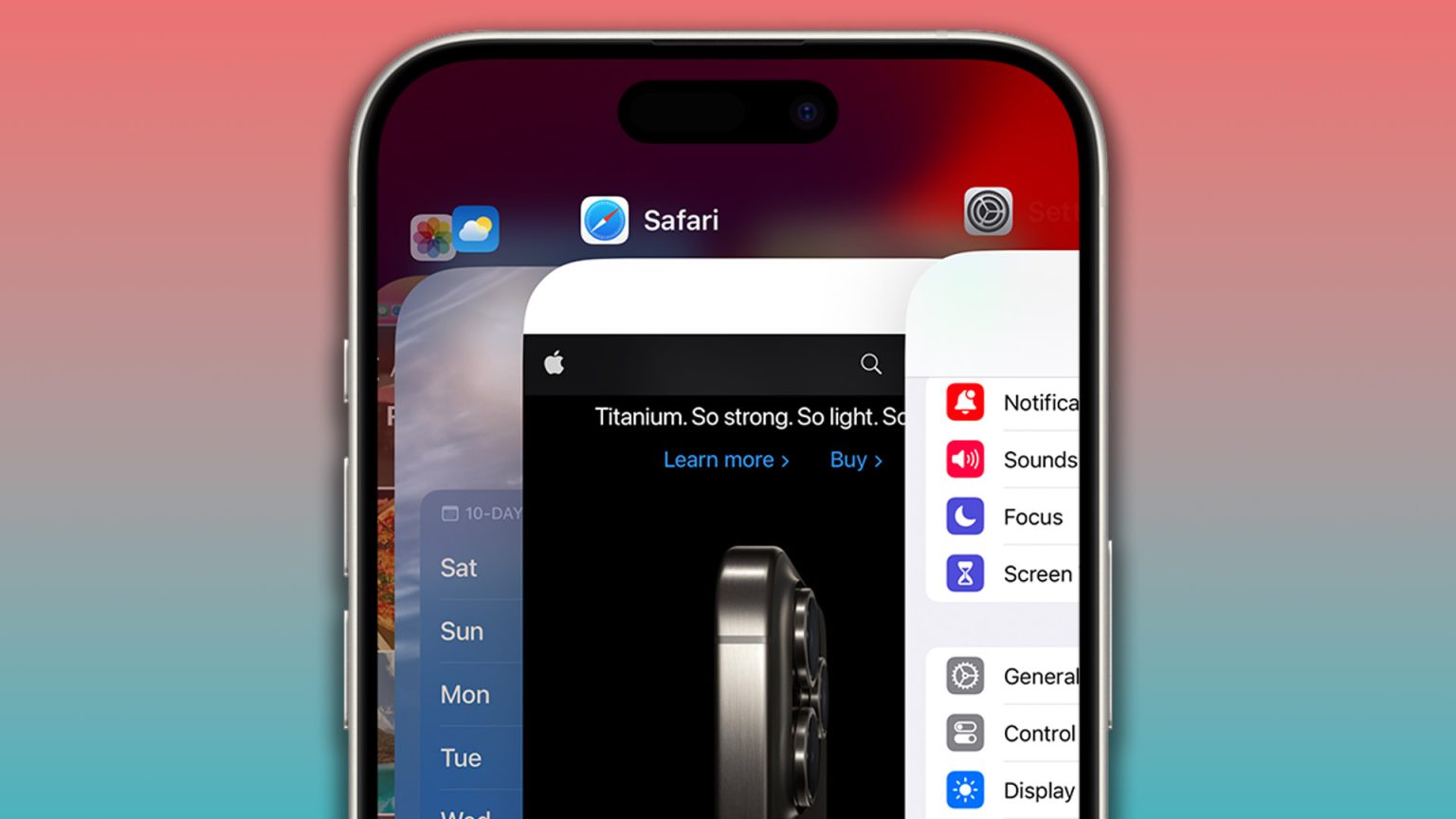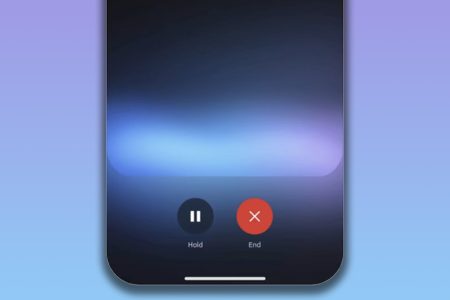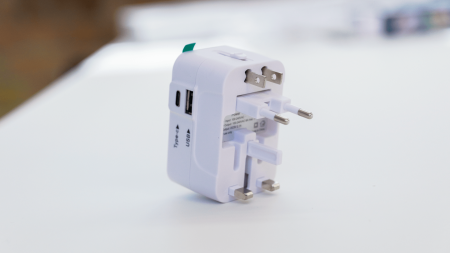Stopping the habit of swiping closed iPhone apps is crucial for optimal device performance and battery life. Contrary to popular belief, force-quitting apps from the app carousel doesn’t enhance battery performance but actually hinders it. Apple explicitly states that the only time an app should be force-closed is when it becomes unresponsive. The app carousel functions as a holding area for recently used apps, allowing them to be quickly reopened in a suspended state, requiring minimal battery usage. Force-closing these apps necessitates a full restart upon reopening, consuming more power than simply leaving them in the suspended state. This practice not only negatively impacts battery life but also wastes the user’s time.
For users concerned about maximizing battery life, several more effective strategies exist. Screen brightness is a significant power drain, so dimming the screen or enabling Auto-Brightness can considerably extend battery life. Connecting to Wi-Fi networks instead of cellular data also reduces energy consumption. Low Power Mode, accessible through Battery settings, limits background activity and some visual effects to conserve power, automatically deactivating upon reaching 80% charge. These methods are far more impactful than the counterproductive practice of constantly closing apps.
Battery degradation is a natural process in all electronic devices, with lithium-ion batteries gradually losing their ability to hold a charge over time. This degradation occurs due to the wear and tear on the anode and the buildup of salt on the cathode during charge cycles. Typically, after about 500 charge cycles (roughly two years of use), an iPhone battery retains around 80% of its original capacity. This gradual decline is inherent to the technology and not indicative of user behavior.
The chemical processes within a battery are negatively affected by heat. High temperatures cause the fluid inside the battery to evaporate, damaging its internal structure and potentially affecting components like the voltage indicator. This damage can lead to overcharging and loss of electrolytes, further reducing the battery’s lifespan. The increased rate of chemical reactions within a hot battery also contributes to its long-term degradation. Therefore, avoiding exposing the device to excessive heat is crucial for preserving battery health.
Instead of prematurely upgrading to a new iPhone due to perceived battery issues, a cost-effective solution is an official battery replacement from Apple. This service restores battery life to near-original levels and often enhances overall phone performance, providing a much more economical alternative to purchasing a new device. The cost of a battery replacement is generally less than £100 / $100, depending on the iPhone model, representing a significantly smaller investment compared to a new iPhone.
In summary, discarding the habit of swiping apps closed and adopting effective battery management practices, such as dimming the screen, utilizing Wi-Fi, and activating Low Power Mode when necessary, can significantly improve iPhone battery performance. Understanding the natural degradation process of batteries and the detrimental effects of heat can help users make informed decisions about battery maintenance and replacement. Opting for a battery replacement service, a far more affordable solution than a new iPhone, can breathe new life into an older device, maximizing its lifespan and delaying the need for an upgrade.











